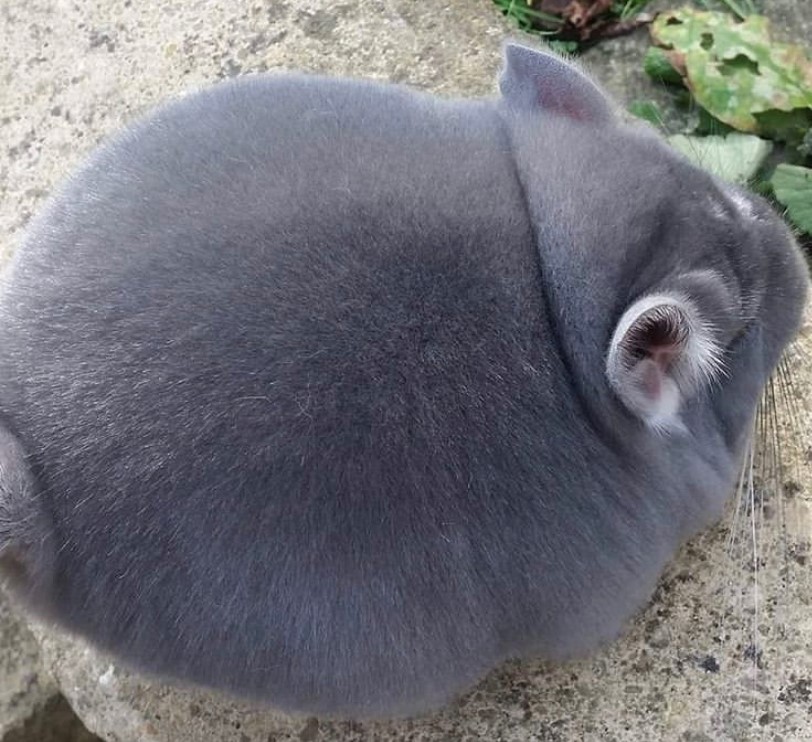The first thing a potential chinchilla owner must be aware of is that a chinchilla has a life span of 8 – 10 years and in some cases over 15 years, hence they are a long term commitment. You must ask yourself, “Do I just want a pet or potentially would I like to breed for quality and enter shows with the aim of winning awards?”
The mutation coloured Chinchillas are popular, but many believe the beauty of a high quality Standard Grey cannot be surpassed. While the numerous colours now available are attractive to many new owners, if you wish to breed and show mutation chinchillas, you should still purchase top quality Standard Greys to breed from.
The reason for this is that generally speaking, most mutations tend to lack the fur density or fur strength of the standard. A good quality Standard Grey animal, bred to a mutation should contribute some of its good qualities to the offspring. This greatly increases your chances of an award with a mutation chinchilla at a show.
Whatever chinchilla you decide to buy, you should ensure it is healthy. A healthy chinchilla will be bright eyes, interested in its surroundings and in “good flesh” i.e. it does not feel bony when held. If it is sitting hunched in the corner, moving slowly or reluctant to move, with wetness or signs of discharge around the eyes, nose or under the chin, then it should be avoided since this indicates an unwell animal.
A Brief Guide to Basic Chinchilla Genetics
Chinchilla genetics can be quite complex, but a pure Standard Grey chinchilla bred to a heterozygous dominant mutation, will produce a combination of greys and mutations, in theory 50% of each. Dominant mutations are those whereby only one parent needs to pass on the mutation gene in order to produce a mutation kit. Examples of the more common dominant mutations include Velvets, Beiges and Wilson Whites. A recessive mutations requires both parents to carry the mutation gene either with the parent being that mutation or for example, a Standard Grey that is a carrier. The kit will need to inherit the mutation gene from both parents in order to be born as a mutation. As an example, if a Violet, which is a recessive gene, is bred to a Standard Grey that carries the violet gene, then in theory, the kits produced would be 50% Violet and 50% Standard Greys that carry the violet gene (although they will look like Standard Greys). This is because if one parent is a Violet Chinchilla it will always pass on the violet gene to its offspring and if the other parents is a Standard Grey Violet carrier, there is only a 50% chance the kit will inherit the violet gene from it and, as explained, to be a Violet, the kit needs to inherit the violet gene from both parents. Examples of recessive mutations include Violets, Charcoals, Black Pearls and Lowe Recessive Whites/Goldbars. This is a simplistic view of basic chinchilla genetics which attempts to explain the difference between dominant and recessive mutation colours. Chinchilla genetics is further complicated by having homozygous versions of some of the dominant mutation colours and the fact that two animals carrying different dominant mutation genes may produce a mutation colour different from either parents (e.g. a Beige to a Wilson White will produce a combination of Wilson Whites, Beiges, Pink Whites and Standard Greys). It is outside the scope of this website to go into further detail on Chinchilla genetics, however, it should be noted that two chinchillas with the “White” gene (be they Wilson White, Pink White etc.) or alternatively two with the Velvet gene (Black Velvets, Brown Velvets etc.) should not be bred together. This is because there are thought to be lethal genes and if the offspring inherits a White gene from both parents or equally a Velvet gene from booth, then they will not develop normally in the womb.
Below : Adult Standard: Adult Black Velvet ;Adult Violet Bottom Row: Wilson White and Violet Kits





Knowing you have bred an award winning Chinchilla (be it a Standard Grey or a mutation) will give you enormous satisfaction. Whether you are looking for a chinchilla to breed from or just to have one as a pet, you may be able to purchase a good quality chinchilla from members of the NCS for a similar price you would expect to pay in a pet shop. Most members will be able to give you a pedigree which will tell you about the animal’s background and if its relatives or indeed the animal itself, has won awards at NCS show.
As with all things, a pedigree or the price paid is not necessarily a guarantee of quality, so if you intend to breed for quality, then be sure of your requirements and if necessary get a second opinion on the animal rather than purchasing the first one that becomes available. Also, please note that the NCS does not approve breeders or inspect premises and anyone can join the Society, so equally, if a breeder is a member of the NCS that does not guarantee the quality of the chinchillas they are selling.
PLEASE FEEL FREE TO DOWNLOAD THE NCS BOOKLET ON BREEDING CHINCHILLAS BY CLICKING HERE